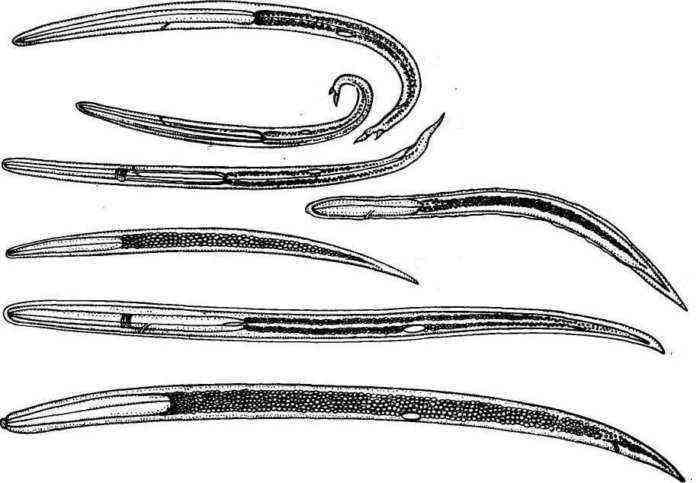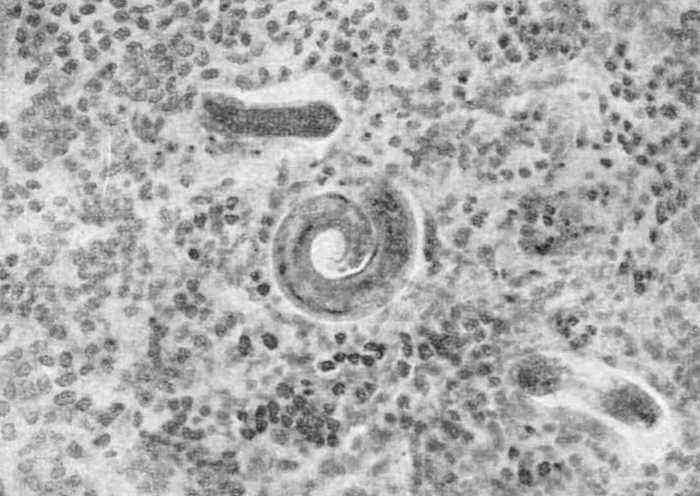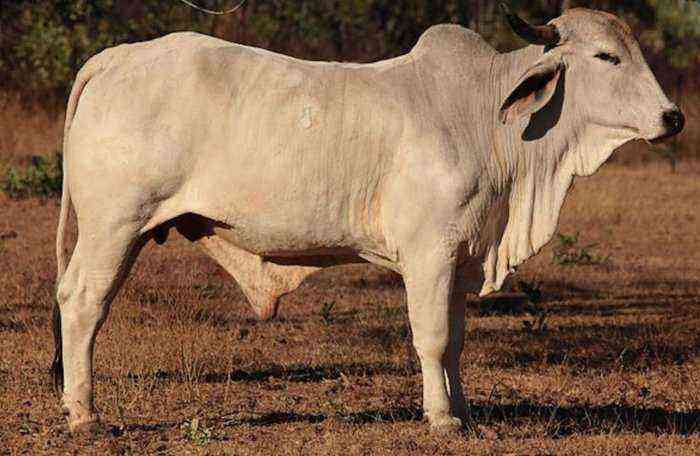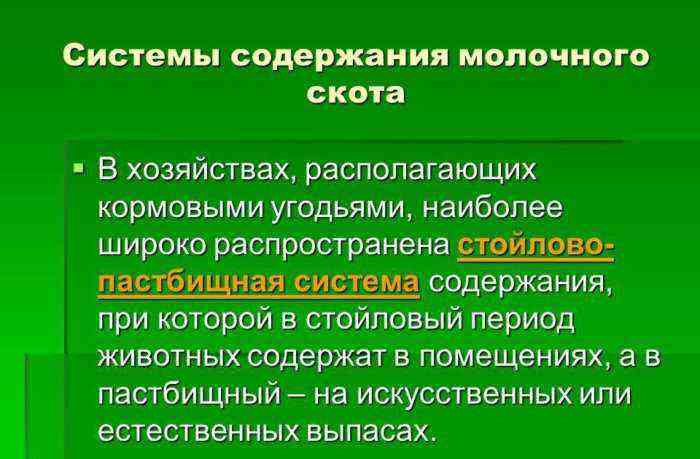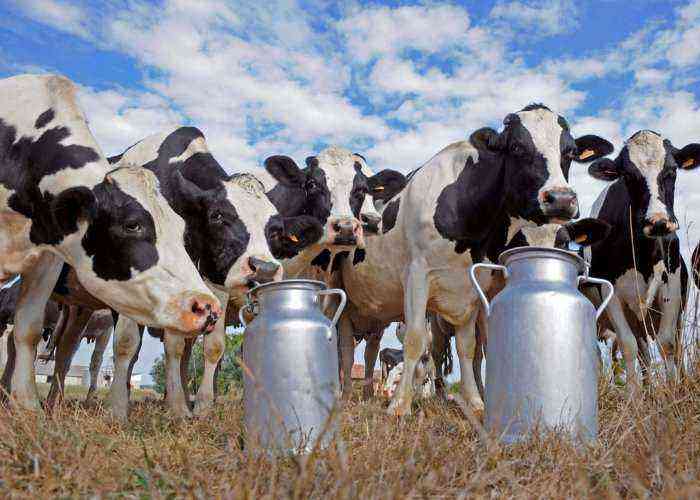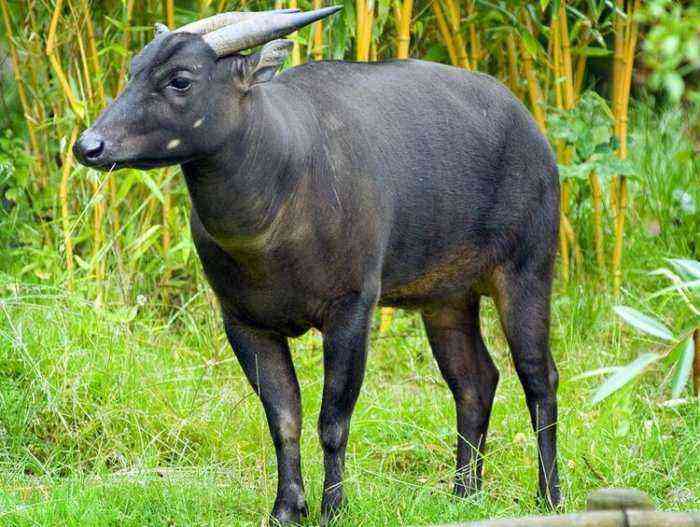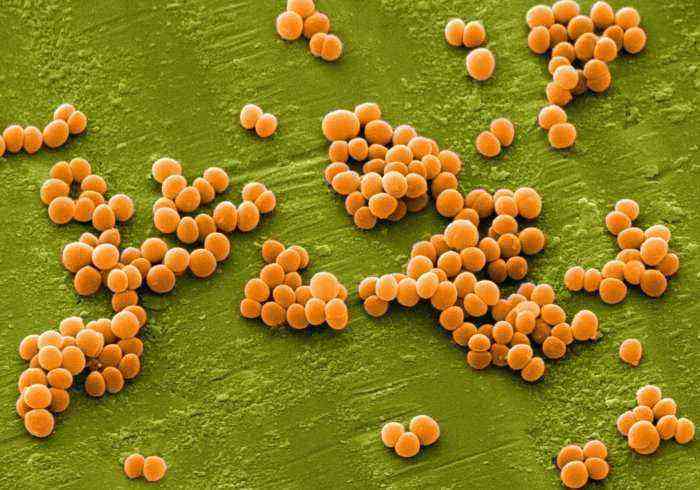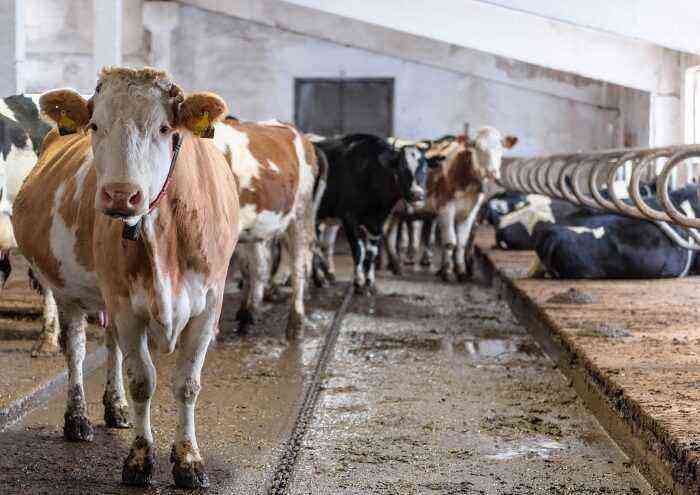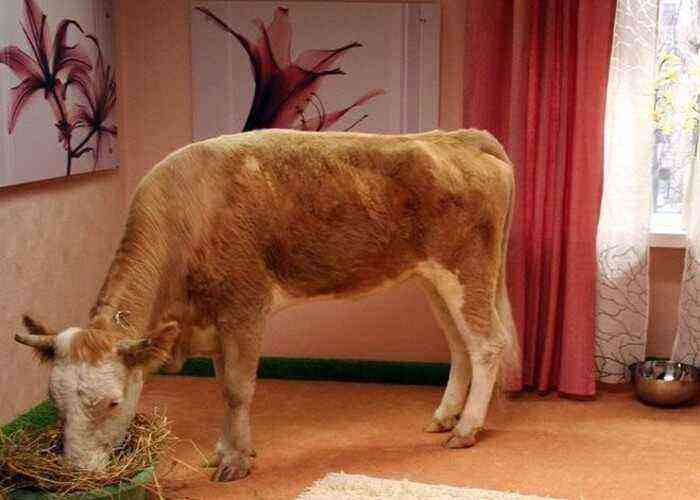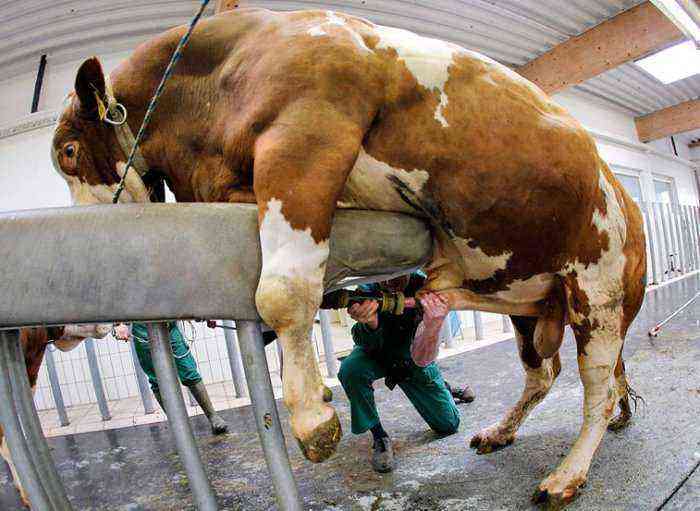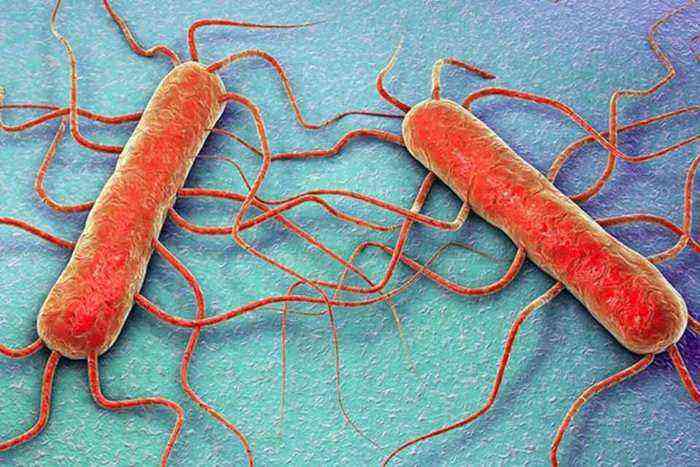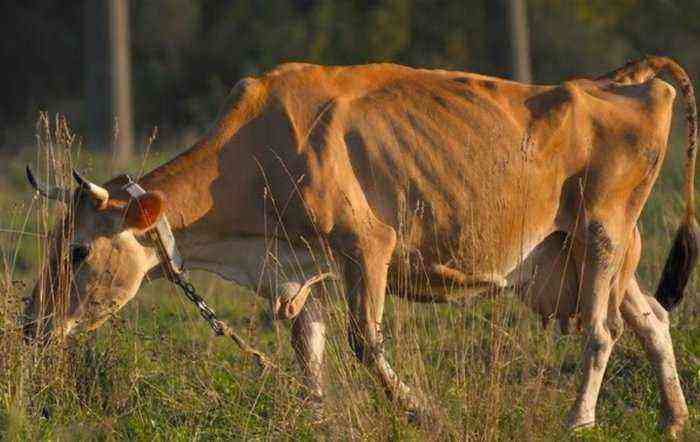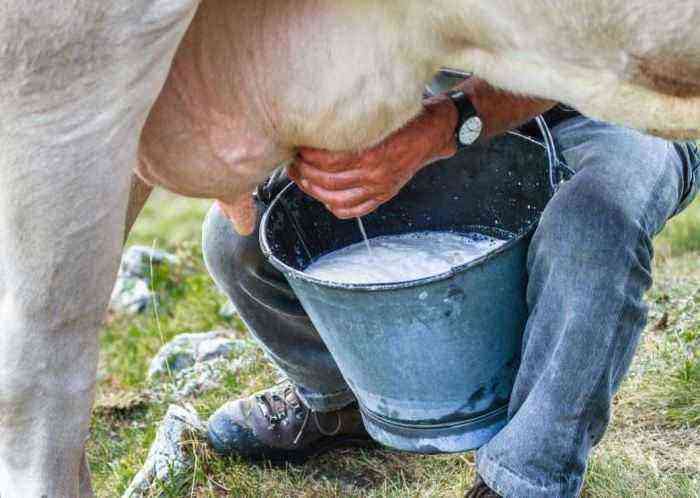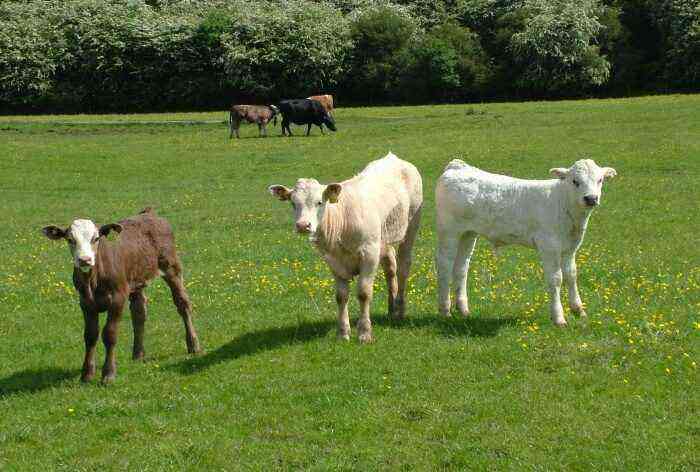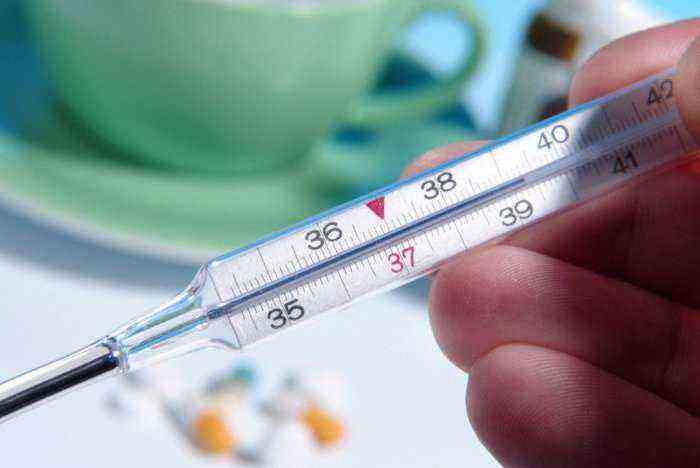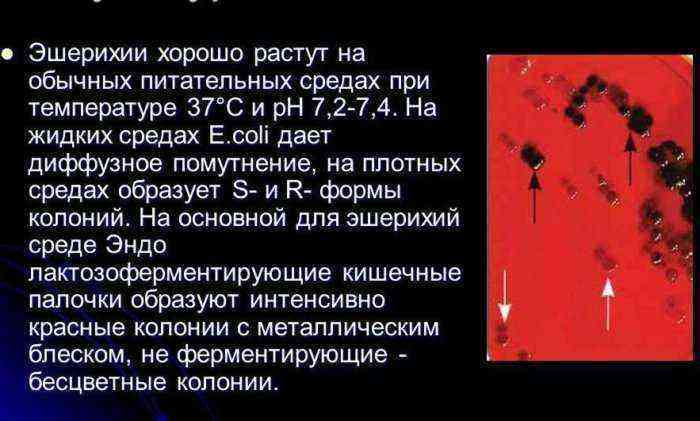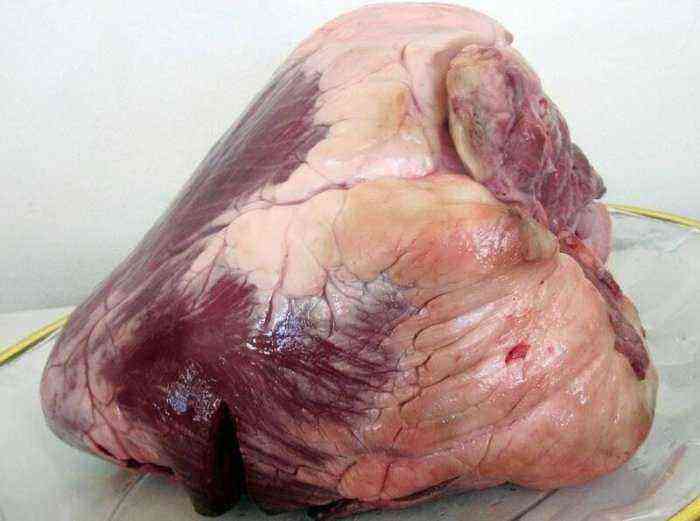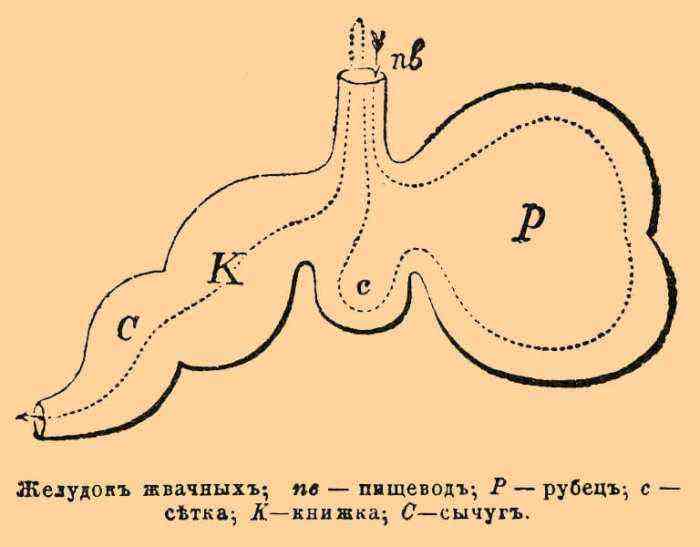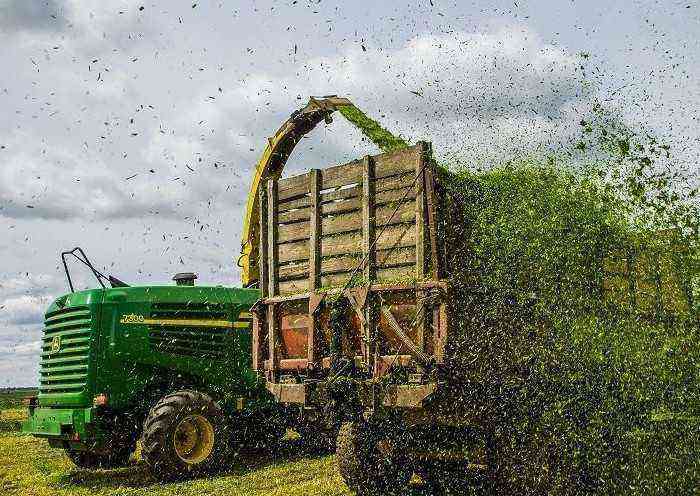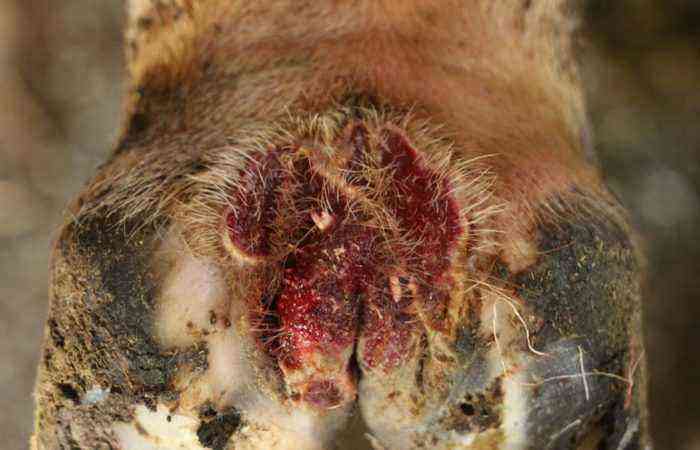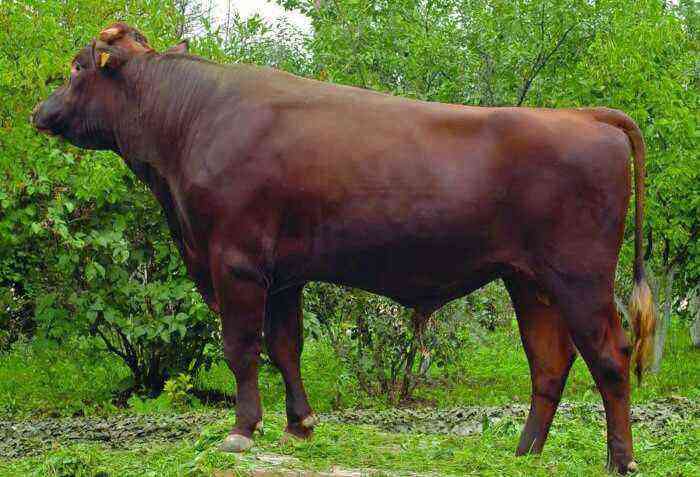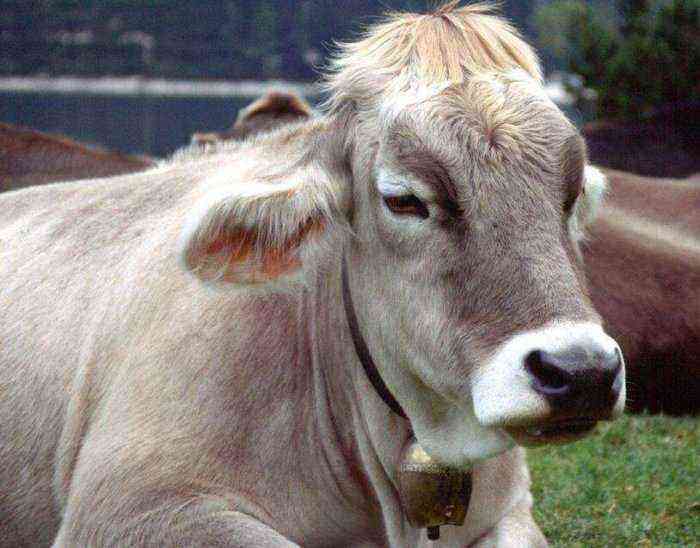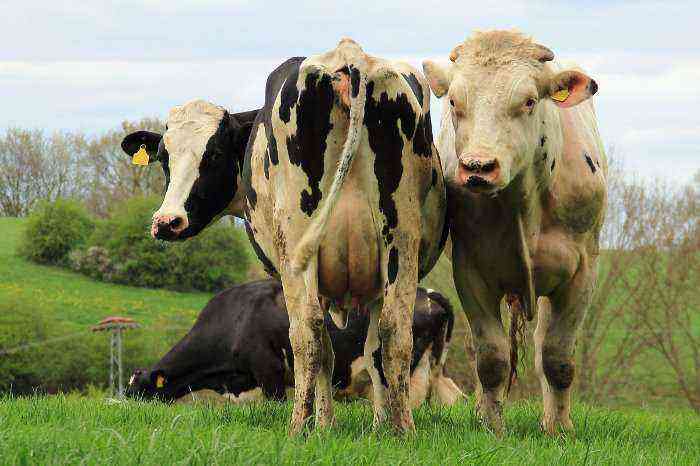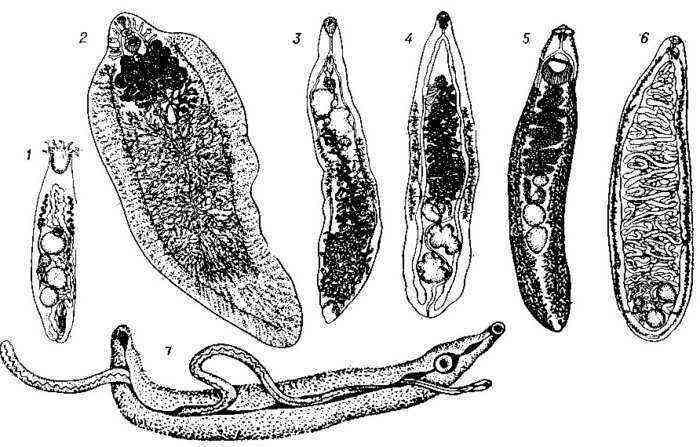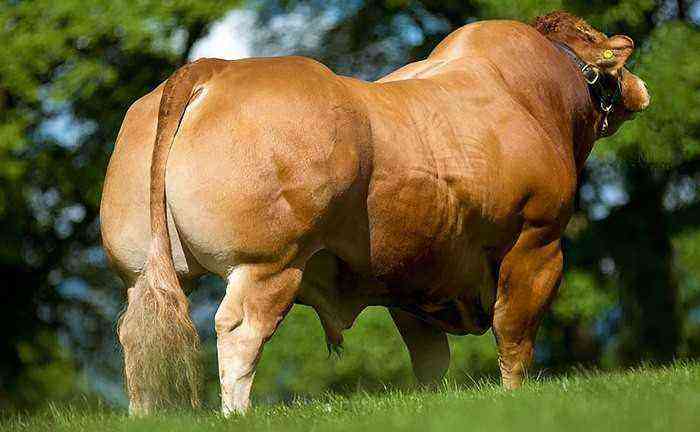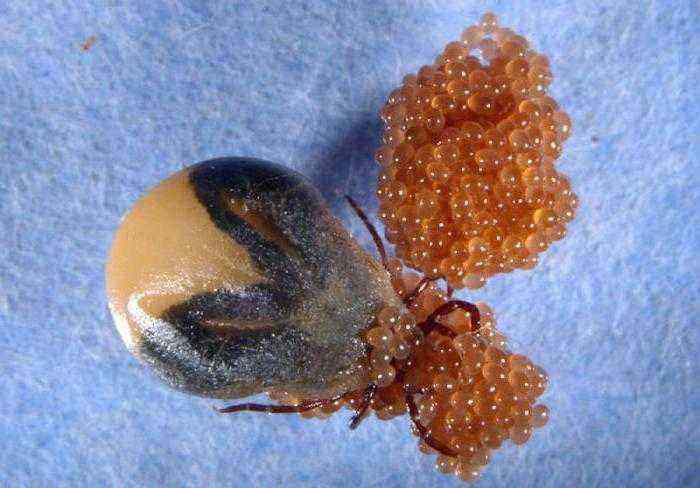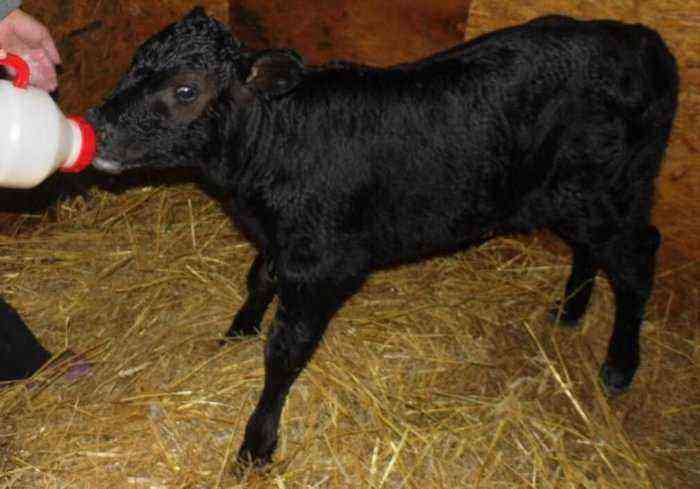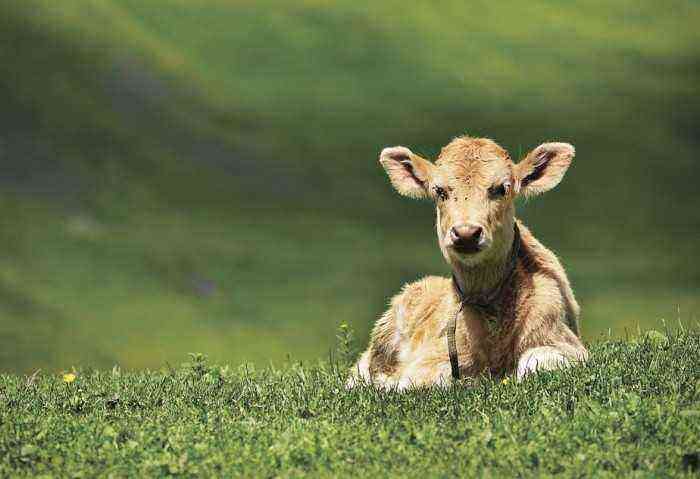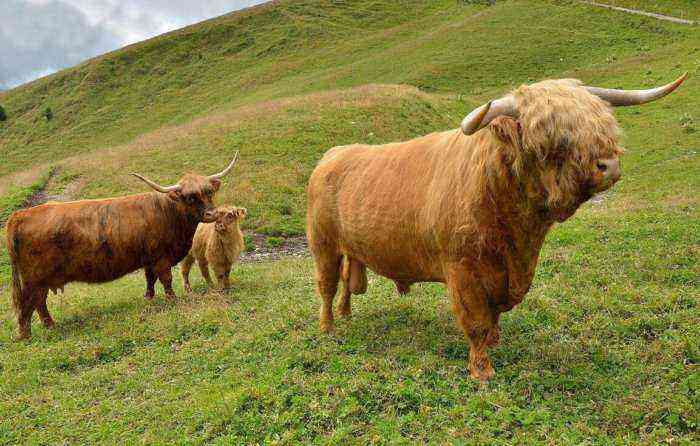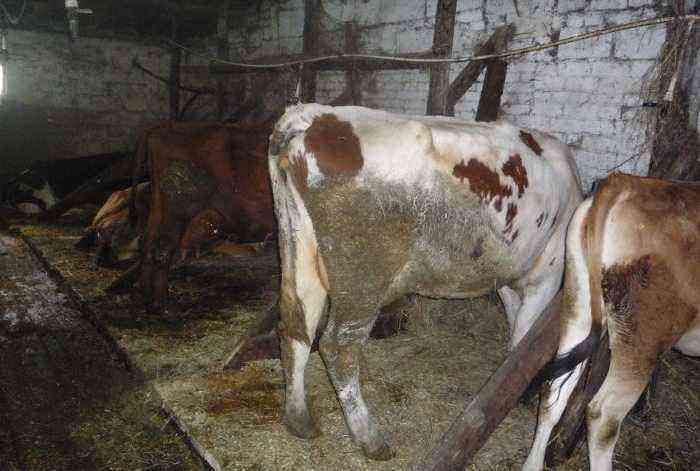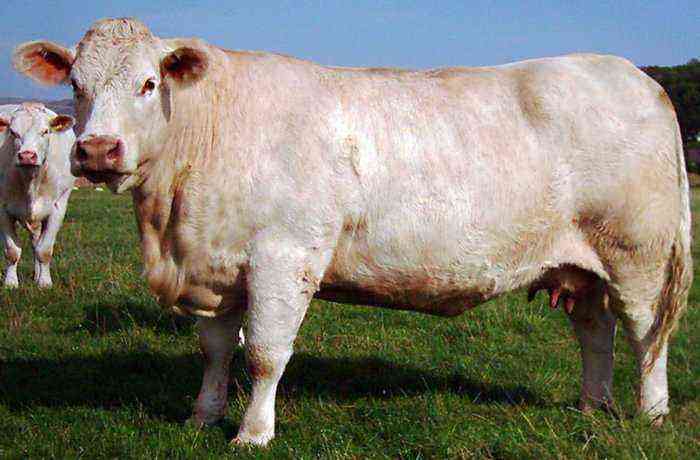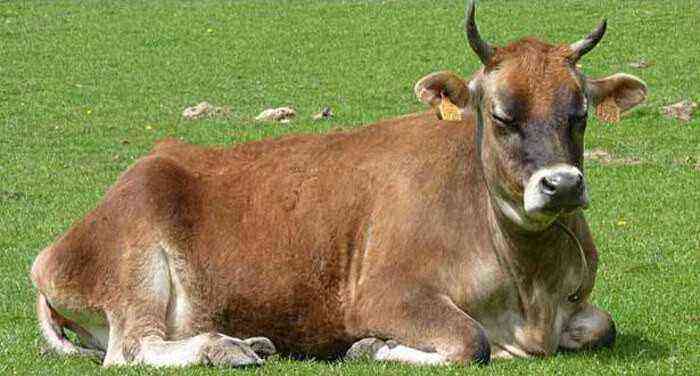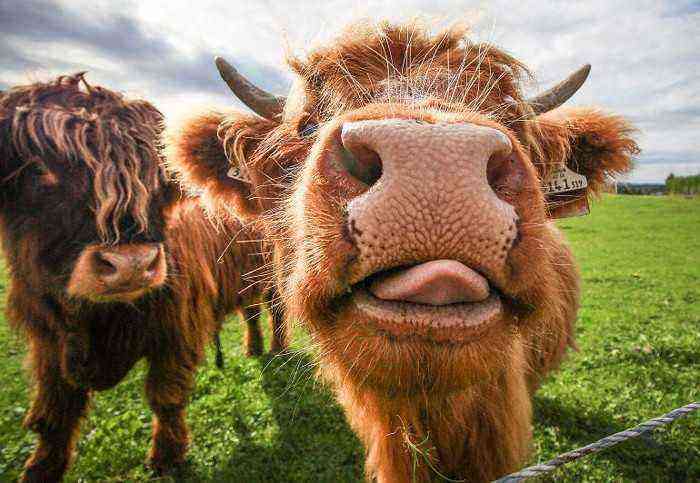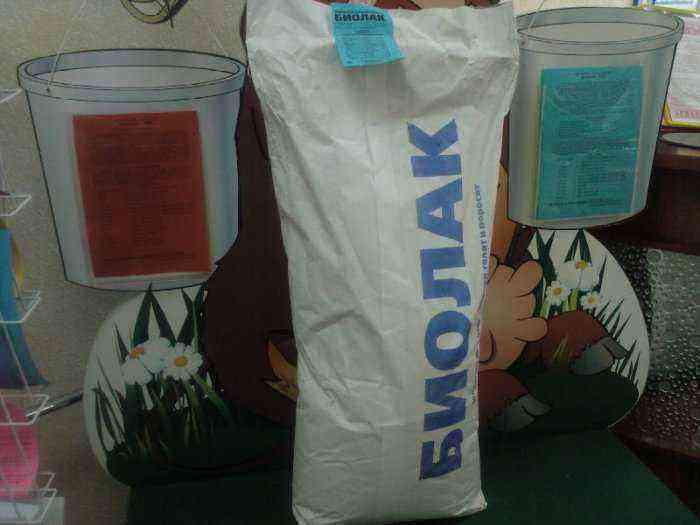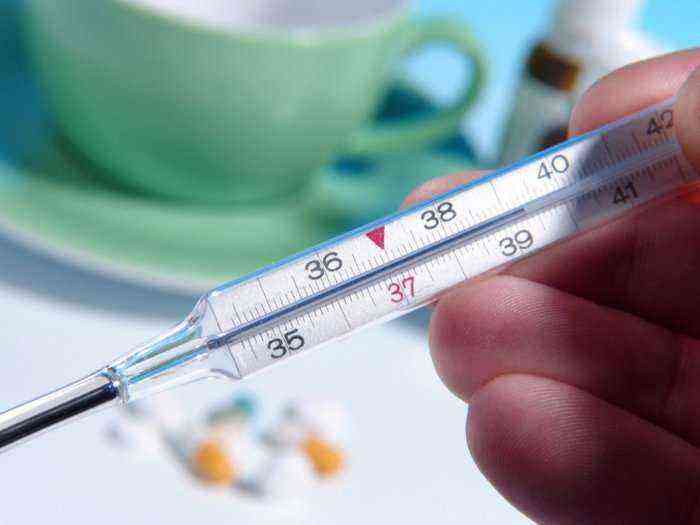Properly balanced feeding of calves allows you to quickly improve the health of the baby, accelerate its growth, and also lay the foundation for future high productivity. Therefore, before undertaking the preparation of a diet for young animals, it is important to deepen your knowledge in this topic. And the main nuances of feeding a calf can be found in this article.
Calf feeding
What to feed newborn calves
Newborn calves are fed exclusively on the basis of mother’s colostrum. In the first 7 days of the animal’s life, it acts as the only source of food for the baby. Moreover, it is extremely important to provide the offspring with an abundant amount of colostrum on the day of calving. The calf is applied to the udder of the cow within the first hour after birth. This will reduce the likelihood of illness in the baby by 70% and, accordingly, increase survival.
Colostrum of a cow in the first days after calving is characterized by an extremely high content of nutrients, minerals and vitamins. Its consumption contributes to the accelerated development and growth of the cub. But, despite this, it is necessary to clearly control the volume of milk consumed by the animal. For the first feeding, the calf should consume no more than 6% of its body weight in colostrum. In this case, the daily food intake should not exceed 20% of the body weight of the offspring on the first day. In the future, it can be increased to 24%.
As for the frequency of feeding, at the initial stage of development, the baby should eat at least 6 times a day. By the age of 14 days and beyond, the number of feedings is gradually reduced to 3. In this case, you can use both the drinker and suckling method of feeding.
The first technology is most common in livestock farms and is practiced during the first 3 weeks of a baby’s life. This method involves the use of special drinkers with a nipple, into which colostrum is poured. Before serving, food is heated to a temperature of 37 degrees.
The suckling method consists in the fact that the calf is fed directly from the mother’s udder. It offers the following benefits:
- the risk of disease in young animals is reduced;
- the mixture is already ready for use by the calf and does not require additional heating and other manipulations;
- the calf eats food in small portions, which contributes to better absorption;
- the intensity of growth of young animals increases by 30%.
Before implementing suckling, it is important to thoroughly clean the cow’s udder to avoid infection in the calf’s body. This method of feeding is used until the 5th day of the animal’s life.

Shelter and calf before feeding
In some cases, the cow may not have enough colostrum to fully feed the baby. In this case, such calf food can be prepared independently. To do this, thoroughly mix in a clean container:
- cow’s milk – 1l;
- chicken eggs – 4 pcs;
- fish oil – 15 g;
- table salt – 3-4 g.
Attention! It is necessary to feed the baby with this mixture in compliance with the dosage of 1 liter. Meals are carried out at a strictly set time every 3-5 hours.
Important Tips
With an insufficient amount of colostrum in a cow, semolina porridge can also be used. It saturates the body of the calf much faster. Such a composition is prepared, based on the proportion: 4 tablespoons of cereal for every 3 liters of milk.
Already from the 6th day after calving, the baby needs to be provided with access to a plentiful amount of water. Lack of fluid will reduce the absorption of nutrients in the body, which in turn will lead to slow growth and development of the calf. At first, to ensure the optimal amount of fluid in the body, the baby is given 1 liter of warm (35-37 degrees) boiled water 2 hours after feeding. Starting from the 3rd week, water in large quantities is simply poured into drinkers. If desired, ordinary water can be replaced with hay or pine infusion.
At 6-7 days of age, the calf can be gradually accustomed to hay. To do this, take fresh, dried herbs, from which all the coarse and dry parts are pre-selected. Then the bundle is tied to the elements of the stall (10 cm above the back of the animal) or placed in a trough.
Hay at this age contributes to the proper formation of the digestive system. But it should be introduced into the diet gradually. They start feeding with a small portion, which is constantly increased, reaching up to 3 kg by 1,5 months.
Other feeds are introduced into the diet according to the following schedule:
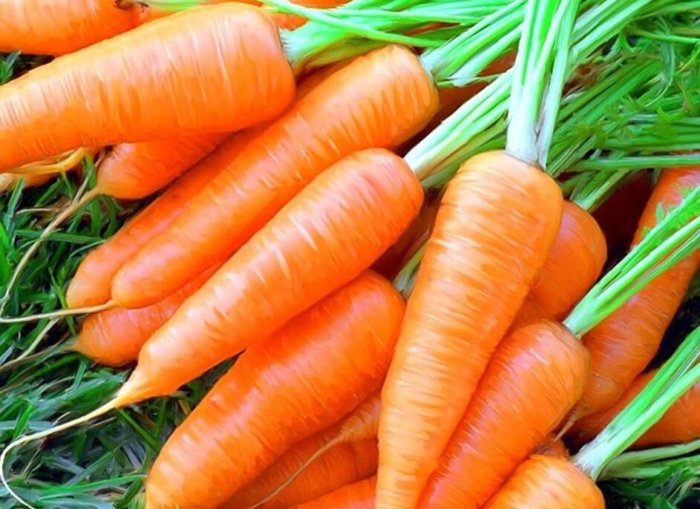
Carrots can be given from 15-17 days
- concentrates and combined feed – from two weeks of age;
- carrots – from 15-17 days;
- boiled potatoes and boiled apples – for 20-21 days;
- chalk and table salt – from 21 days;
- fodder beets are introduced into the diet of monthly calves.
Calf nutrition from 1 to 3 months
A calf at the age of one month is still being taught to various feeds. The basis of his diet during this period will be chopped hay, which is mixed with grated beets, carrots, apples and potato peels. Concentrates are used as top dressing.
It is extremely important during this period of development of the baby to maintain the cleanliness of his feeder and the place of detention as a whole. All food remains are removed from the trough immediately after the meal, and the container itself is thoroughly washed. Stale food will certainly cause digestive problems.
But it is worth remembering that it will not be possible to fully provide the necessary norms for feeding monthly calves with hay and vegetables. The animal still needs dairy food. Therefore, in addition to the main diet, top dressing is used, which is prepared from the following components:
- milk – 1 l;
- meat and bone meal – 10 g;
- chalk – 10 g;
- table salt – 10 g.
Such a composition will make up for the lack of vitamins, calcium and phosphorus in the body. It is also useful to enter in the calf menu in the amount of 4-6 liters.
2-3 months
When the calf reaches 2 months, its diet is adjusted again. The amount of concentrated feed is increased. In addition to oats, wheat and barley, cake and bran can already be introduced into food in small portions.
Good weight gain can be achieved if specialized compound feeds are used during this period. Return to give at this time do not stop.
Juicy food is also a mandatory component of the diet. Moreover, calves born in the summer, in addition to vegetables, can already be fed dried grass from pastures in small portions, gradually increasing its volume.
Hay is added in the amount of 1 kg per day. Moreover, it is desirable to soak it in saline before serving. This will minimize the likelihood of parasites in the intestines.
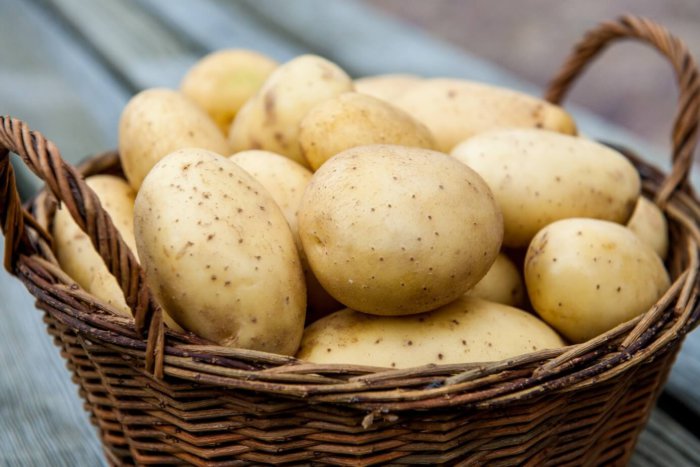
Potato is a good source of vitamins
To ensure the proper mineral and vitamin balance, appropriate purchased complexes are also introduced into food. A good source of vitamins is potatoes, which are fed to calves in their raw form, 250 g per head per day. You can also supplement the food with chalk and salt.
Calf diet from 3 to 6 months
By the 3rd month of life, the amount of milk in the calf’s menu is gradually reduced, and it is completely stopped by half a year. During this period, the approximate daily ration of the animal is as follows:
- 1-1,5 kg of combined feed;
- 1,5 kg of beets and potatoes;
- 1,5 kg of hay;
- 1,5 kg silo;
- 5 liters of reversal.
Of course, such a scheme may vary depending on the weight of the calf, the conditions of detention and the purpose of the cattle. If this feeding period fell in the summer, then it is better to replace the indicated amount of hay with 2 kg of fresh grass. For this, the calf is driven out to pasture. The main thing is that it has several shaded areas and a source of clean water.
If the livestock owner has access to free pasture, then fresh grass can be the basis of the entire diet, and concentrated feed and vegetables can be used only as top dressing. In this case, the daily norm of grass for a 3-month-old calf will be 10 kg. By 6 months, it must be gradually increased to 20 kg.
Feeding young animals after 6 months
At the end of the post-milk period, the diet for animals is selected especially carefully. In this case, it is based not only on the physiological needs of the body, but also on the purpose of the livestock.
So, in the case of meat fattening, a six-month-old bull-calf for a day needs:
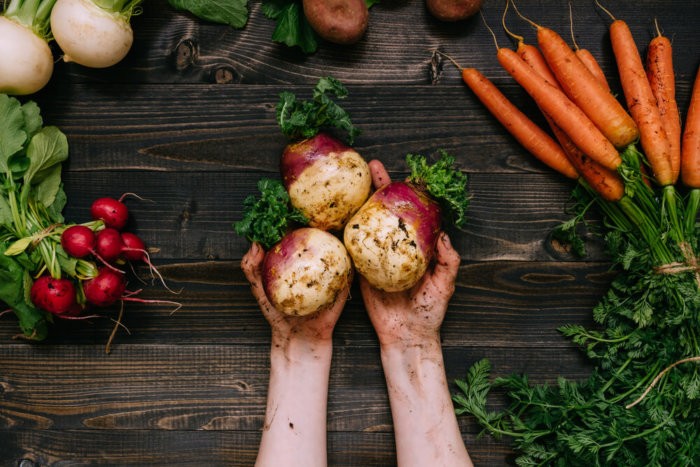
Root crops for calves
- 8 kg of chopped root crops and vegetables;
- 5 kg of compound feed;
- 3 kg of hay;
- plenty of fresh grass from the pasture.
Important! These rates are gradually increasing every month. So, the volume of fed vegetables by 10 months should be already 12 kg.
Free access to clean water is also extremely important.
If these rules are followed in feeding, starting from the 6th month, calves should give a weight gain of 700-900 g. This is the main sign of the effectiveness of the chosen fattening program. Also, the presence of appetite in young animals and high activity indicate the correct choice of diet.
If growth is not observed for a long time, and the animal becomes lethargic and eats worse, it is assigned to a separate group of calves. There they are examined by a veterinarian, and in the absence of diseases, the young animals are transferred to a special enhanced diet.
Be sure to take into account the age requirement for minerals and vitamins. Feed should be selected in such a way that 1 energy feed unit accounts for:
- 8 g calcium;
- 6-7 g of table salt;
- 5 g of phosphorus;
- 30 mg carotene;
- 50 mg vitamin E.
More accurately, the diet is planned based on the physiological characteristics of a particular animal. Feeding efficiency is determined by the weight of a one-year-old calf. Normally, it should be at least 50% of the mass of adult cattle.
The use of vitamin supplements
Vitamins play one of the key roles in the growth and development of young cattle. But it is not always possible to replenish their reserves in the body only through food. So, for example, in winter and early spring, the body requires especially a lot of vitamins, and their absence can lead to the development of various diseases. During this period, it is desirable to supplement food with vitamin complexes.
An effective tool in this direction is the drug “Trivitamin”. 4-5 drops of this composition are added to the feed for calves in accordance with the instructions. Biovit-80 and Eleovit also have a similar effect on the baby’s body. Such funds are introduced into the diet of the animal from the 3rd week.

“Eleovit”
Also, Gavryusha and Nucleopeptide preparations are the optimal source of vitamins for livestock. But unlike the previously indicated formulations, such additives are administered to animals intramuscularly.
It is better to use any vitamin complexes and various supplements after consulting a veterinarian. Otherwise, animals may develop hypervitaminosis, which is also harmful to the body.
Among the folk remedies that allow you to replenish the reserves of vitamins of the calf, the infusion of needles is especially popular. Prepare it as follows:
- 1 kg of needles (spruce or pine) are laid out in a large pan, which is previously separated from the branch itself.
- Add 5 liters of hot water to the same container.
- The resulting composition is brought to a boil, after which the heat is reduced to a minimum and boiled for half an hour.
- After the infusion has completely cooled, all the needles are taken out, transferred to gauze and the juice is carefully squeezed back into the container.
The resulting vitamin drink is given to calves from 2 weeks of age. Before serving, it is slightly warmed up and a small amount of salt is diluted in it. One portion of the infusion for the animal is 50 g per day. By 2 months, it is gradually increased to 1 liter.
In summer, the young will be content with the vitamins that they consume with grass and vegetables. Therefore, at this time it is not necessary to provide it with additional vitamin complexes.
Of course, it is not necessary to take into account all these points when feeding young cattle. But in this case, the animals often show deterioration in health, a drop in productivity, and a high mortality of young animals. And only a properly composed and balanced diet will avoid such problems, which promise considerable economic damage to farms.
